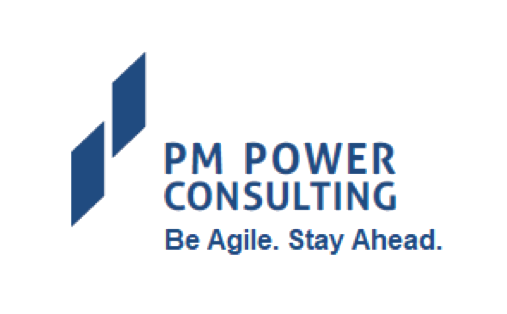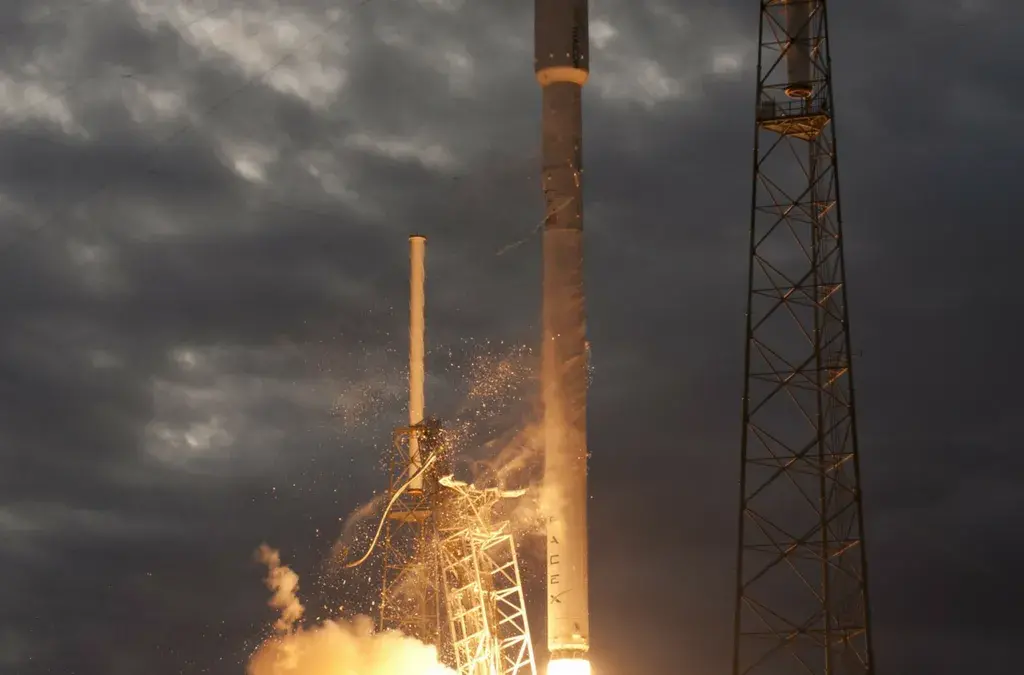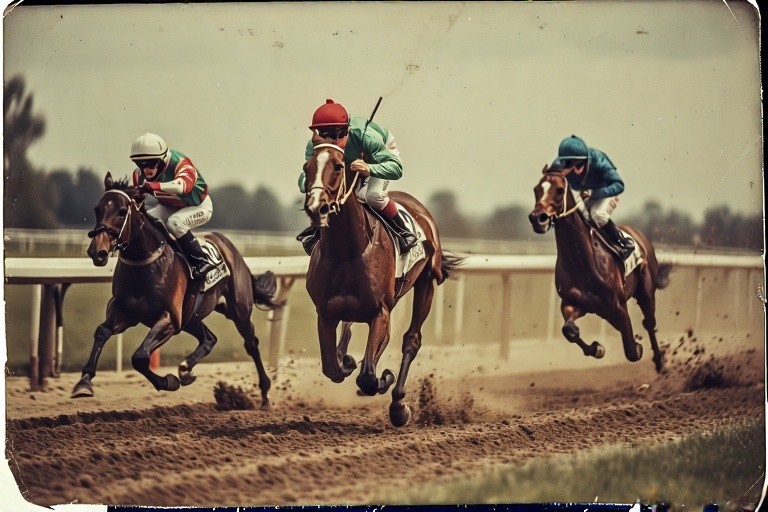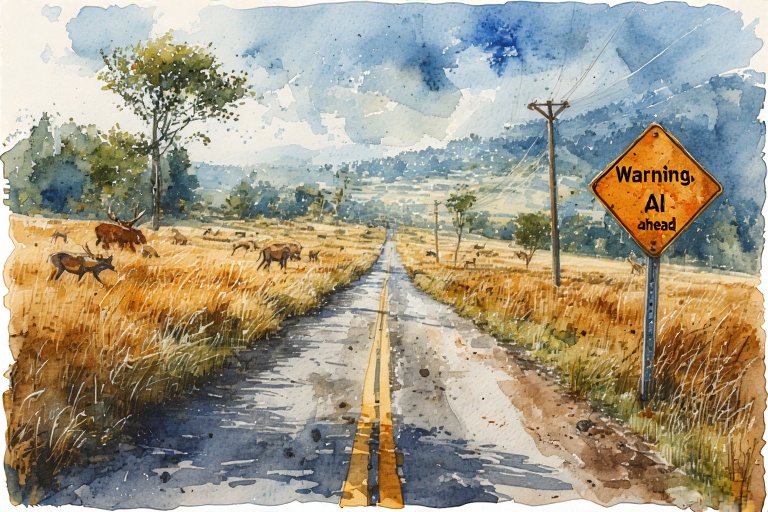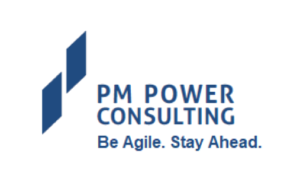Having been part of a couple of Start-up to Scale-up journeys (both in Products and Services space) and being part of industry forums, benchmarking initiatives, and many consulting/coaching engagements, I have seen typical patters from Start-up to Scale-up of organizations. They go through several S curves in the journey.
The S curves
Start-up organizations start doing something, become very good at it and then start stagnating. If they continue to do more of the same, they may start drooping down in performance. Before they start stagnating, good companies detect the signs and kick-start the next S curve. Typically, these transitions are points of discontinuity – they have to stop doing something which they were good at and start doing something new. This will take them to the next orbit. But this requires significant foresight, overcoming blind spots, courage & risk taking on the part of the founders/leadership team of the company.
Start-up to Scale-up Transformation:
Typically, Start-up to Scale-up have 4 S curve transformations
1st S curve is individual centric. Founders start the company with some great idea, get a few high performers to deliver the early success.
2nd S curve is competency centric. As the company grows a little bigger (in team size, Customer base, product mix, revenue, geographic distribution etc.), they realize that a few individual rock-stars are not enough. They focus on developing more such people.
3rd S curve is Systems oriented. Now the organization is neither too small, nor too large. Certain culture of individual heroics and siloed functioning has set in. But the scale requires now more collaboration to work together, processes for common way of doing & communicating, governance & metrics to get visibility – organization needs a systems approach.
4th S curve is Fractals. Monolithic organizations cannot scale beyond a point. They create Independent (in fact, Interdependent) Business Units (IBUs) or Product Lines to operate more independently – decentralize, distribute and replicate the operations.
The challenge:
Transitioning to 3rd S curve is the most challenging. It is the teenage period of the organization in the growth trajectory – restlessness, re-discovering the identity (what the company stands for), culture shift from individual siloed heroics to collaborative environment, adjusting to common ways of doing things etc.
Successfully transitioning to 3rd S curve is like gaining escape velocity.
Companies cannot go to 4th S curve without scaling 3rd S curve. If companies try to decentralize and create distributed units of operation without systems, processes, governance mechanisms and common fabric of functioning, that might lead to fragmentation and disintegration. The 3rd S curve is essential to bring systems & culture as a glue to hold the independent units in an interdependent collaborative way.
Leadership Transformation
Organizations transform when people transform; people transform when Leaders transform. Essentially the organization transformation through S curves is Leadership led. Founders/Leaders need to go through their own personal S curve transformations in order to lead the organization through S curves. They will have to change their mindset and thinking, change the values (what they valued in the past), acquire new skills/competencies, and so on.
Transitioning to 3rd S curve is especially challenging to Leadership. They need to consistently encourage and rely on systems & processes than on just individual heroics; they need to encourage collaboration over individual brilliance. They need to lead by example on usage of systems. They need to surround themselves with more diverse set of people for which they need to expand their own personal operating range.
But success can become a deceptive trap. They have been successful so far; things have worked well for them; so they tend to do more of the same.
Past success reinforces their values, principles, beliefs and behaviours. But in order to scale to the next S curve and in dynamic environments, they need to break this vicious cycle consciously. Great leaders realize and recognize this pitfall and get external help through some expert coaches, to get a reflective mirror to uncover the blind spots and navigate through the transition of S curves.
(“Everyone needs a coach” by Eric Schmidt and Bill Gates gives some good insights into these aspects)
S curve transformations need to keep happening in mature large organizations as well, not just in Start-ups, as the businesses keep changing dynamically. Being aware of and having an understanding of the S curve patterns, helps to foresee the changes in advance and consciously make the shifts proactively.
